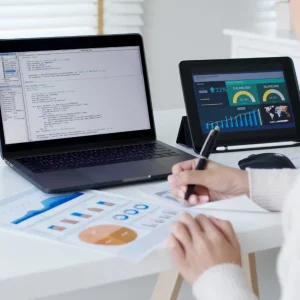
Users spend about 50% of device screen time on entertainment activities including playing games, reading books, watching live TV or listening to music/radio, according to a new report.
Gartner’s latest report revealed that about 26% of the remaining time is spent on communication, with 15% on production activities and 9% in searching information.
Gartner principal research analyst Meike Escherich said that of the different types of activity, people spend by far the most time on entertainment, and people often use several devices at once.
"Tablet users, for example, continue to use tablets most in the evening, between 7pm and 10pm," Escherich said.
"This suggests the use of tablets as companions to television viewing and other living-room activities.
"Smartphones are used more for ad hoc research or quick sessions on social media websites while on the move or engaged in another screen activity."
According to the survey carried out in the US, UK and Australia, the respondents spent about four hours per day on device screens, including tablets, smartphones and PCs, while users of Apple and Samsung tablets spend additional 30 minutes per day compared to other device users.
Gartner research director Annette Jump said that other tablet providers need to understand why owners of their tablets spent significantly less time on their devices.
"Unless consumers use tablets regularly and find them valuable for specific activities, they are unlikely to purchase the same brand or, indeed, any replacement tablet after a couple of years," Jump said.
The report also noted that majority of surveyed were interested in design and price of the device, compared to their earlier interests on the brand.
"The reduced importance of brand, coupled with increased competition, means device vendors need to be more precise in communicating the value of their tablets and overall ecosystem, beyond basic brand attractions," Jump added.
The research firm also projects that the number of consumers opting basic tablets over premium tablets would rise, with basic tablets accounting for 47% of latest tablet shipments by the late 2013.
"Tablet purchases in mature markets increased by 76 percent in 2012, and their rapid adoption shows no sign of abating," Escherich said.
"Tablet vendors can no longer focus exclusively on early adopters. From the very beginning of the product design and development process, they must review their portfolios to ensure they have products also capable of attracting later adopters.
"Late first-time buyers of media tablets have different expectations and buying criteria from early adopters, and this has a significant impact on how media tablets must be marketed."






